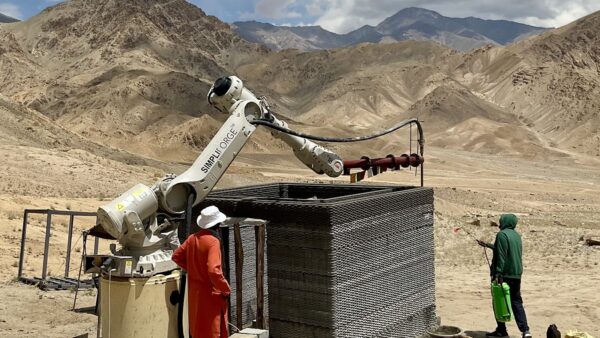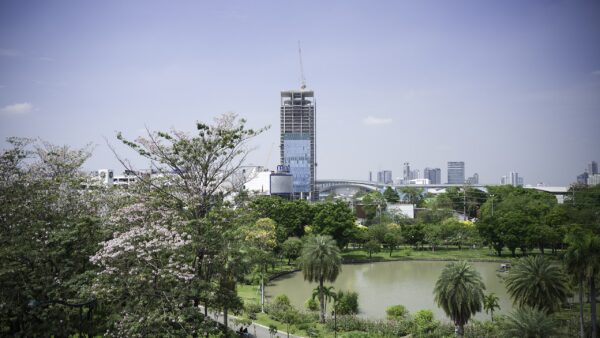Building ventilation design needs a radical overhaul comparable to the sanitation revolution of the 1800s to fight airborne pathogens such as Covid-19, say 39 researchers from 14 countries in a paper published in the journal, Science, today.Â
Buildings should sense how many people are in a room and adjust airflow accordingly, while monitors should show air quality levels so occupants can see how safe they are, they said.
The scale of change needed equaled the shift to centralised sewerage in the 19th Century, they argued, and called on the World Health Organisation to include airborne pathogens in their air quality guidelines.
“We should have virus-free air indoors,” said Professor Lidia Morawska, director of the International Laboratory for Air Quality and Health at Queensland University of Technology, who led the research.Â
She said the costs involved would be worth it, given that the global monthly cost of Covid-19 had been estimated as $1 trillion, while the cost of influenza in the US alone exceeded $11.2bn a year.
Detailed economic analysis is yet to be done, but Morawska said estimates suggested necessary investments in building systems may be less than 1% of the construction cost of a typical building.
“For decades, the focus of architects and building engineers was on thermal comfort, odour control, perceived air quality, initial investment cost, energy use, and other performance issues, while infection control was neglected,” Professor Morawska said.
“We need to establish the foundations to ensure that the air in our buildings is clean with a significantly reduced pathogen count, contributing to the building occupants’ health, just as we expect for the water coming out of our taps.”
Ventilation systems should also adjust for activity in rooms, with higher airflow rates for physical activity, such as in gyms, while disinfected air should be targeted at the breathing zone of building occupants.
She added: “The benefits are beyond infectious disease transmission. Improved indoor air quality may reduce workplace absenteeism, ‘sick building syndrome’ and allergic reactions. The reduction in productivity losses alone may cover the cost of any ventilation changes.”
Image: Offices at Pancras Square, London, before the pandemic (dylan nolte/Unsplash)










